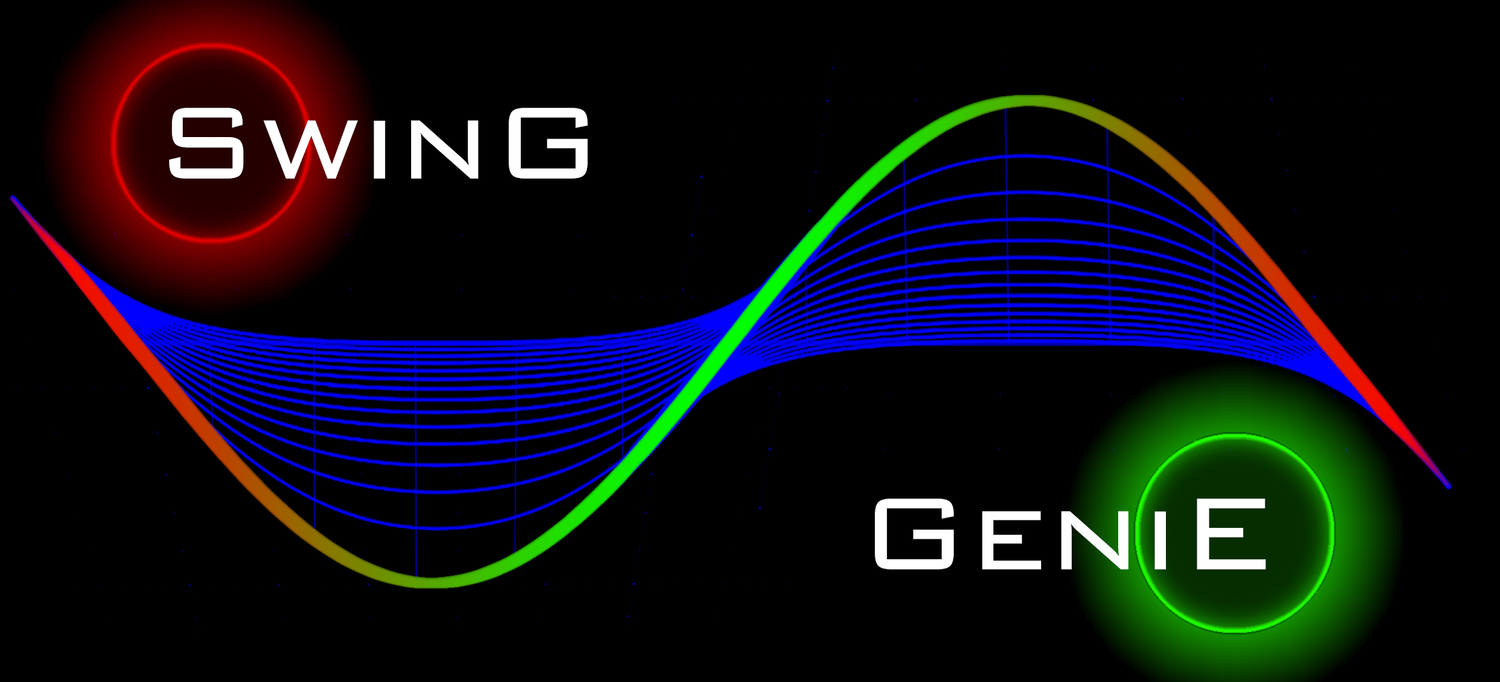You Can’t Control the Market, but You Can Control Your Risk!
The primary goal of any investment is to earn as much as possible while exposing yourself to the least amount of risk. There are two primary ways to limit your risk and the first is money management.
Money management determins and limits how many shares of any one stock you purchase. By limiting the shares you own of any one company, you limit your exposure to losses when the price action turns against you during normal trading patterns. It also protects your portfolio against catastrophic losses if that company discloses unexpected negative news. You need to decide what your acceptiable risk level is, but professionals never risk more than 2% to 5% (20 Stocks) of their total account value in any one stock. Even this is something of an understatement because they will always maintin 15 to 30 percent of their accounts in cash at all times to take advantage of emerging opportunities. It is a given that the more diverisified you are the safer you are. The contradiction in this last statement is, no one individual can follow 50 companies while staying completely aware of all facets of their business. The more companies that you own, the less you are going to know about some of them. The less you know the higher your risk.
Another positive element of maintaining smaller positions, is large positions make for large losses when everything goes against you. When you have a large loss it becomes more difficult to admit your mistake, exit the trade and take your loss. More positions, producing smaller stakes in each position translates into easier trading decisions, because you will never have a large mistake or loss.
There is a very simple mental task that you can perform to determine if you are over exposed in any one equity. Ask yourself if any one of your stocks suddenly tanked and you where not able to exit before disaster struck, would you lose any sleep over the loss? If the answer is yes you are overexposed. Reduce your position.
Most experienced traders and all professionals maintain a minimum percentage of their accounts in cash. It may be hard to think of cash as an investment, but when an opportunity presents itself and you have none, it will become self evident.
Each individual stock is categorized within two subcategories, by sectors and by industries within these sectors. Making an effort to further diversify you portfolio so that you exposure is distributed over many of these sub-markets will further assist you in mitigating your exposure to excessive risk.
Owning stocks is like having pets. You simply must keep a close eye on them. If you don’t they getinto trouble. Having a stop loss for each of you stocks is a little like having a leash on an unruley dog, it keep them from getting into too much trouble. As you will see in the example below, utilizing stops can be as important to your success as which stocks you pick. It can turn an unprofitable protfolio into a profitable one.
If you can’t relate to the unruley pet anology, try this one. The image on the left is good representation of all stocks in your trading account that don’t have stops.
As you will see in the example below, utilizing stops can be as important to your success as which stocks you pick. If you purchase five stocks and three of them go down and two of them go up you will be loosing a lot of money. But you could still be profitable with this exact same account utilizing stop losses.
It is virturally impossiable to pick all winners in any market and the stock market is no different no matter how talented you are or how sophisticated your technical indicators are. Some of you stocks are going to go down. Stop Losses simply cut off the trades that are losing money, so that these trades are no longer impacting the portfolios bottom line performance. I have never had a bad stop loss for two reasons. If I was really convinced that a piticular stock was eventually going to go up, but I got stopped out ofit. The stop always allowed me the opportunity to get back in at a cheaper price. What most often happens when I get stopped out is the stock continues to decline. One easy way to think of stops is as a parachute. The stock drops, your chute opens and you float to safety preserving capital and profits.
This following account is losing money with two positive stocks and three negative ones.
The account below is exactly the same as the one above. The difference is the one below is actually making money. Again it contains two positive stocks and three negative ones. The only difference between these two account is the losers have been stopped out. You should start to think of stops as “Profit Stops,” because they are a very positive influence on your bottom line.
TRADE RISK MANAGEMENT is a new INDICATOR based on ATR that is now included in all of our trading packages. We provide the rational and instruction here.
A Stop Loss is simply an order to sell your stock if it drops below a predefined level. Once you have determine what dollar amount you will limit yourself to for the purchase of shares in each separate company there is another level of safety or reduce the risk your trade is exposing you to.
SDG provides each of our subscribers with access to the "Trade Risk Reduction" (TRR) application.
TRR calculates the volatility of your stock. This is just the magnitude of each days price fluctuations, or what technicians refer to as the True Range. TRR averages the True Range (ATR) over three different time periods.
Why three? You want a sensitive indicator that reflect both the long term historical volatility of the equity as well as what that volatility is right now. Obviously the most recent trading days are the most important. The three ATR periods and their weighting factors are:
1) We use a 220 day period which equates to 1 trading year because we want to know what the historical volatility is. This one year period is not weighted.
2) We utilize a 20 period because the most recent 1 month tells us what the stock volatility has been over the last 4 weeks. This is weighted by a factor of 2.
3) Finally, we utilize the last weeks data, 5 days to provide us with the stocks movement in the most recent trading days. This is weighted by a factor of 3.
The total of ATR200*(1) + ATR20*(2) + ATR5*(3) is then divided by the total of all factors (6).
This results in the TRR factor that the Trade Risk Reduction utilizes to produce the dynamic bands that indicate where this indicator is currently recommending you place stops. In the Format options of the application you are provided with the ability to spread these band. Here is why you may want to.
In the EBAY chart in image (1) you can see that setting the Risk Factor Adjustment to 1 would have stopped you out because of an unusually wide ranging candle. Set to 2 it would have still been possible to get stopped out using the tightest stops, green lines. Set to three you are now safe but your spread has widened to a point that the volatility is unlike to exit you without some extreme change in price. Click on the images above to view them in a lightbox.
The take home message is even though this is automatically adjusting the suggested stops, you should review the chart for historical aberrations and adjust the Risk Factor so you maintain the most safety without getting shaken out of a trade by a statistical anomaly.
An addational advantage is this process allmost always places your stops at the best possiable price to provide you with the greatest safety margin, but at a price point that often eleminates your stops from the gamming that sometimes occures where there are overt attempts to trigger stops.
The higher the volatility the more your should reduce the total number of shares you buy in this equity. This same application will at some point in the future allow you to automatically calculate your money manages trade size as well as an ATR weighted function that will increase the number of share in a stock with very low volatility or decrease those shares in a volatile stock.
SDG's TRR will determine this level automatically for you and again this calculation is derived by utilizing a weighted volitility factor.
There are some simple processes that will improve the safety of your trades and the profitiability of your system.
1) When you are considering entering a trade, use the Trade Risk Reduction (TRR) calculator which will also show you where you stops should be in either a short or long position.
2) Always enter you stop loss at the same time you enter your trade.
3) As the stock moves in the direction in which your trade plan anticipated, move you stops accordingly or use a trailing stop loss.
4) When you get stopped out, be glad! You probiably just saved a lot of money.
5) Try and determine why the stock moved against you in order to determine if you even want another entry point?
6) Continue to watch this stock as it will likely provide you another, better entry positon allowing you to re-enter this trade.
By incorporating these six steps into your trading, you will have a much more aggressive outlook on entering your stock selections because the downside risk has been greatly reduced and the corrosponding profit potential unleashed.
Our Trade Risk Management Indicator, included free with all of our packages displays recommended loss and profit stops. We provide the rational and instruction here.
Good Luck and remember to keep your stocks on a leash.





















